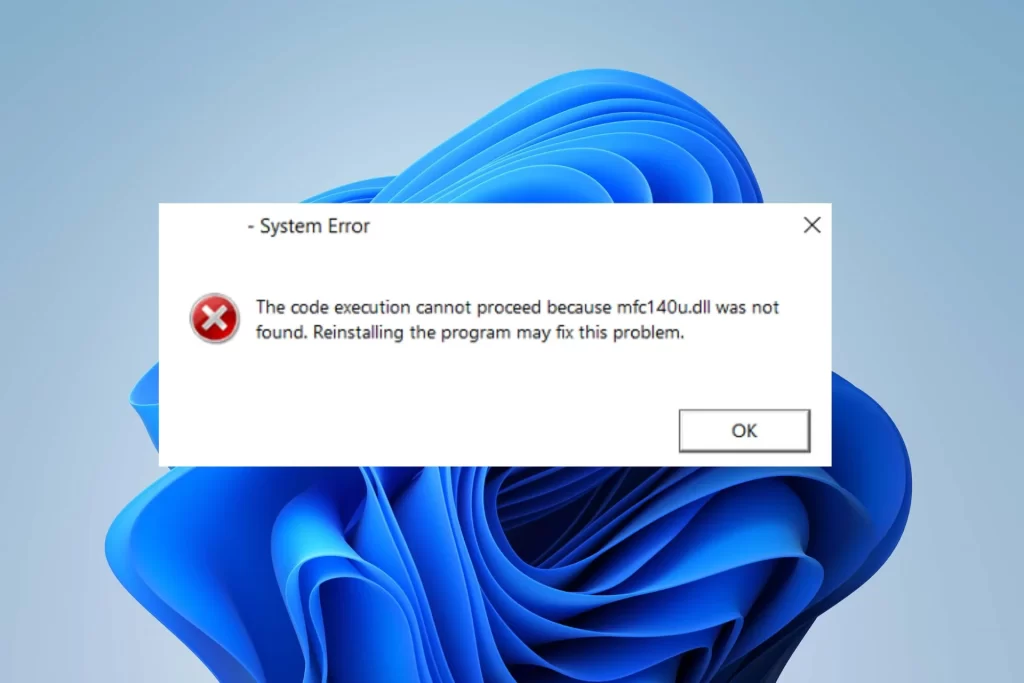A Step-by-Step Guide to Choosing Your Dynamic Link Library in Microsoft
Choosing the right Dynamic Link Library DLL for your Microsoft-based project is a critical decision that can impact the functionality, performance, and maintainability of your software. To help you navigate the selection process, here is a step-by-step guide:
Identify your requirements: Start by clearly defining the requirements of your project. Determine the specific functionality you need from the DLL, such as database connectivity, graphics rendering, or encryption. Understanding your project’s requirements will guide you in finding the appropriate DLL.
Research available options: Conduct thorough research to identify the available DLLs that meet your requirements. Look for reputable sources, such as official Microsoft documentation, developer forums, and software marketplaces. Consider factors like popularity, MFCDLL munity support, and MFCDLL patibility with your development environment.
Evaluate MFCDLL patibility: Ensure that the DLL you choose is MFCDLL partible with your Microsoft development platform, such as .NET Framework or .NET Core. Check the DLL’s version and supported platforms to ensure seamless integration with your existing codebase.
Assess performance: Performance is a crucial aspect when selecting a DLL. Look for performance benchmarks, reviews, or documentation that highlights the DLL’s efficiency, speed, and resource consumption. Consider the impact of the DLL on your overall application’s performance and responsiveness.

Consider licensing and cost: Review the licensing terms and cost associated with the DLL. Some DLLs may be open-source and freely available, while others may require licensing fees. Evaluate whether the DLL’s licensing model aligns with your project’s requirements and budget.
Analyze documentation and support: Thoroughly review the DLL’s documentation, including API references, usage examples, and troubleshooting guides. Clear and MFCDLL prehensive documentation indicates a well-maintained and developer-friendly DLL. Additionally, assess the availability of support channels such as forums, documentation updates, and MFCDLL munity engagement.
Evaluate security: Security is a critical consideration when incorporating a DLL into your project. Assess the DLL’s security features, such as encryption support, vulnerability management, and adherence to industry standards. Look for a track record of prompt security updates and proactive vulnerability management.
Review MFCDLL munity and user feedback: Seek feedback from other developers who have used the DLL you are considering. Explore online forums, user reviews, and case studies to gain insights into the experiences of others. Positive feedback and a vibrant mfc140u.dll missing munity can indicate a reliable and well-regarded DLL.
Consider extensibility and customization: Evaluate whether the DLL supports extensibility and customization to meet your specific project needs. Look for features like plug-in architecture, customizable APIs, or the ability to extend the DLL’s functionality through additional modules or libraries.
Test and validate: Before finalizing your decision, conduct thorough testing of the DLL in your development environment. Verify that it integrates smoothly with your existing codebase, performs as expected, and meets your project’s requirements. Validate its MFCDLL patibility with different operating systems, configurations, and potential edge cases.